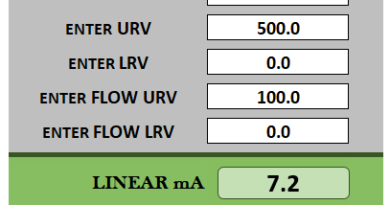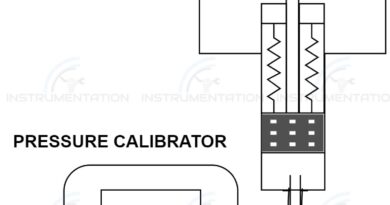Troubleshooting a solenoid valve
They are commonly used for on/off applications it consists of several small components all should operate to drive output. It consists of a plunger routing the air towards one side of the port in a de-energized state and cut down or reroute the air supply to another port if energized. And the plunger is operated by the induced magnetic field created by the coil actuated toward one direction. The valve connected to the solenoid valve will not operate if anyone the operation fails. It commonly happens in the industry, some of the possibility of a problem is listed below. And the solenoid valve troubleshooting method will be discussed as followed.
- The coil may be damaged
- The plunger may be jammed
- The plunger O-rings may be damaged
- Any port of the SOV may be blocked
- The cylinder seal is damaged
- The valve attached with the cylinder jammed.
- The digital output signal not reaching the coil.
These are some of the failure possibilities in the case the valve not operated in the field. And we can able to troubleshoot it step by step checking it functionality of each part. Consider the coil of the valve not working. Let’s discuss how to approach the solenoid valve troubleshooting procedures.

Step 1
Most of the solenoid valve can be operated manually by engaging the button or lever in the SOV. The plunger will be actuated by this action it will be changed to energised state. If the valve normally operates then the problem is not with the solenoid, cylinder and coupled valve.
Step 2
While operating if the valve not gets operated then first check whether the SOV output getting change over. First, disconnect the output line in the sov or cylinder inlet line. Now manually operated the solenoid and check the output getting cutoff or change over from one port to another while operating. If this action is normal then Solenoid is working fine.The problem exists in cylinder or valve side
Step 3
To find the problem on a cylinder or valve side, decouple the cylinder and valve. Now connect back the sov line, now operated the solenoid manually. If the cylinder operates smoothly then the problem may exist on the valve side. Remove the valve and inspect to find the issue with the relevant department.
Step 4
If the seal of the cylinder gets damaged it won’t operate properly. To check the healthiness of the seal, give air supply to only one side of the cylinder. If the seal is damaged after the valve get fully operated air will be a leak from another port of the cylinder. And also check the quick exhaust and exhaust port in the solenoid this may also for the interrupted operation.
In this example, the problem exists on the coil side so all the test above will be passed. Now we can conclude the problem exist in automatic operation only. Some of the possibility of failure are listed below.
- The coil may be damaged
- The fuse is blown off in the marshalling cabinet
- The terminal may be loosened at any point
- The digital output module may be faulty
Step 5
The coil of the solenoid valve healthiness can be confirmed by the resistance of the coil. If the coil gets damaged it will read megaohms using the multimeter. And we can check the magnetic field generated by inserting the tester into the coil. We can able to feel the magnetic flux generated.
Step 6
One of the issue we should not omit is the termination tightness throughout the loop. The damage of the cable leg and not proper tightness may lead to a drop in voltage. And check the fuse is healthy in the marshallingg cabinet.
Step 7
And lastly, the digital module may be faulty. In this case, all the digital out linked to the module will get failed. Replace the module in such a case.
These are some of the SOV troubleshooting ideas if you have faced any other problem regarding the solenoid valve share in the comment section.



